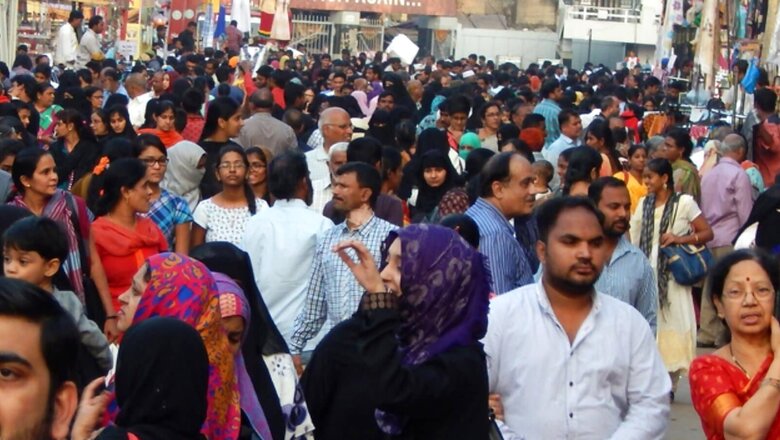
views
The Indraprastha Institute of Information Technology (IIIT) Delhi’s Laboratory for Computational has launched “Project Robinhood” that will track content on the microblogging site Twitter regarding Indian Assembly Elections 2022.
Based on the data curated so far, the team found that Uttar Pradesh, Delhi, and Uttrakhand reported the highest number of hateful content — as geotagged by the tweets. The members of the project include Drishya Uniyal, a master’s student, Sarah Masud, a PhD student, and Dr Tanmoy Chakraborty, assistant professor.
Most politicians leaders and their affiliates use social media platforms to share updates of their political campaigns during elections. They make announcements about contesting candidates and even criticize members of other competing parties, say the students. “To analyze such linguistic patterns from the point of hateful content, members of LCS2 at IIIT-Delhi launched Project Robinhood,” they added.
The project will track content on the Twitter platform the Assembly Elections 2022, and curate information from January to March. To share the insights with a broader audience, the team has launched a portal that provides aggregated and granular statistics of the various groups of users generating political hate and the groups it is targeted against. This information is further analyzed at the state level.
The data collection for the project began in January 2022, starting with 50 political leaders from five major parties — BJP, INC, BSP, SP, and AAP. Additionally, the official state-wise Twitter handles of these parties are also being tracked. Based on the data curated so far, the team found that Delhi and Uttrakhand reported the second-highest number of hateful content after Uttar Pradesh. “This is an interesting observation as Delhi is the nodal centre for 3 of our major parties (BJP, INC, and AAP). Despite Delhi not conducting elections, it still produces a significant volume of politically hateful tweets,” the students said.
Another observation made by the team is that direct attacks in political parties prevail over attacks on individual politicians. The students attributed this to calling out the party’s name and creating more engagement from the opposing party and ordinary citizens. Around January end, there was an increase in the hateful content analyzed by the team which was due to the political rally conducted in Punjab around the same time.
Further, the team expects that as the frequency of physically coordinated rallies increases, the influx of political hate on Twitter will increase. The ongoing data curation for February is likely to reveal those insights, they say adding that the portal’s aggregated and daily statistics are regularly updated.
“Based on the data curated so far, one can say that no political leader or organization is blame-free when it comes to engaging in hateful dialogues. While some leaders are more explicit in their expressions, others prefer taunting. Despite the best efforts from the Election Commission and stringent monitoring by social media platforms, these expressions of political hate continue to evade the online platforms,” the students told News18.com.
A small percentage of ordinary citizens initiate and participate in most of the trending political hashtags. These opinions, while trending, do not reflect the democratic opinion. The voters need to be educated and informed to read these trending hashtags, they added. “We strongly feel that both politicians and common citizens need to be sensitised concerning the quality of political discourse we want to enable on the social platforms and be provided training in ethically dealing with political speech,” the IIIT Delhi students said.
To analyse the various categories of political attack and hatred, the team had to iteratively analyse and formalise the content as directly or indirectly hateful. Direct attacks specifically mentioned a political party or a politician. Whereas indirect attacks in the forms of taunts have no party or person mentioned but contain contextual evidence of political hatred. “Additionally, some of the hateful content was religious and not political in nature. Given India’s long history of politics and religion, the team added religious attacks as an additional category of harm,” the team concluded.
Read all the Latest Education News and Breaking News here















Comments
0 comment